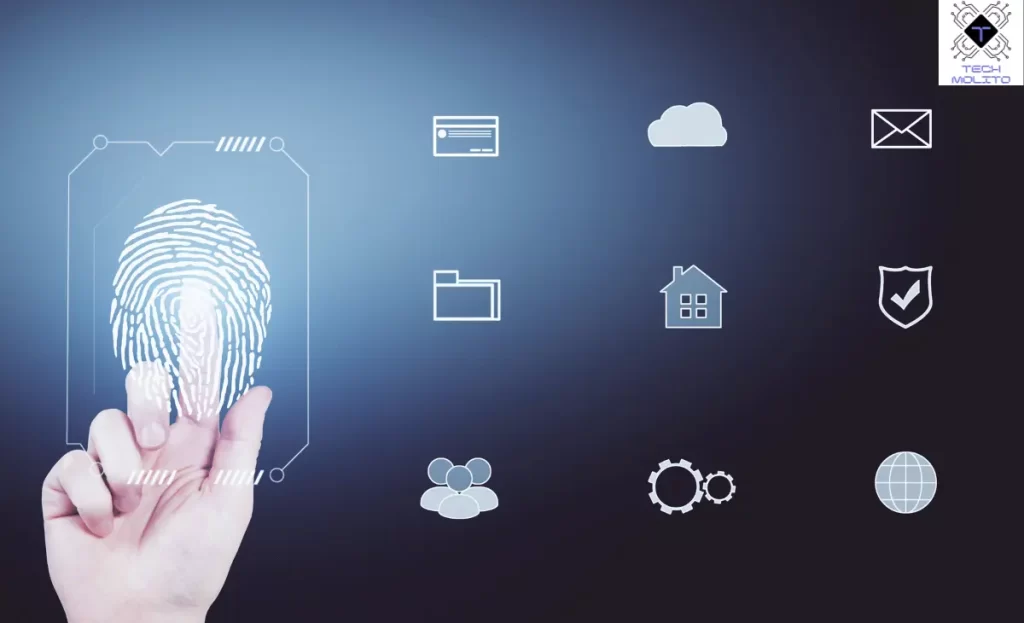Let’s talk about something super important, digital identity verification. It sounds tricky, but trust me, it’s not. It’s how companies make sure you’re really you when you’re online. We’ve all heard stories about hacking, scams, and stolen IDs. Scary, right? But digital identity verification help stop that.
In this piece, I’ll break down how it works, why it matters, and the latest updates in 2024. Let’s get started! Digital identity verification isn’t only vital for personal security but also plays a role in securing business processes, like supply chain management. Blockchain technology is revolutionizing how supply chains verify the authenticity of participants, as explored in Blockchain for Supply Chain Management.
Online Scams Are Everywhere
Think of a world with no safety checks. Anyone could pretend to be you, take your accounts, and steal your cash. Sadly, that’s the truth online for many people today. A 2024 report shows global online scams could cost $343 billion. That’s a huge loss!
Scammers keep finding new ways to fool people. Whether it’s fake emails or websites, they keep trying to steal info. Without the right safety steps, anyone can be a target. That’s where digital identity verification come in.
How It Hits You
Think of this: Your email, bank, and social media are all targets. Crooks can steal your identity, take your cash, and cause big trouble. It’s not just about lost money. It’s about your name, your privacy, and your safety.
Data leaks are happening more and more. In fact, 2024 has already seen 35% more leaks than last year. This means more personal info is out there for crooks to use. If you’re not careful, your online life could be in danger. No one wants that.
Digital identity verification make sure only the real you can access your accounts. It confirms your ID through things like biometrics (fingerprints or face scans) or document checks. Without this safety, you’re at risk.
Digital Identity Verification Explained
So, what is a digital identity verification? It’s a way to prove you are who you say you are online. This happens behind the scenes, keeping you safe from crooks.
Here’s how it works in simple steps:
- Biometrics: Use of face, fingerprint, or voice check.
- ID Checks: Scanning passports or IDs to confirm identity.
- Two-Factor Check (2FA): A second step of check, usually through a code sent to your phone.
- Question-Based Check (QBA): Answering personal questions only you know, like your mother’s last name.

Benefits of Digital Identity Verification
Digital ID checks bring many perks. They keep people safe by blocking fraud, hacking, and fake access. These checks are faster and easier than old ways, making things smoother. They also help firms build trust by showing users that their info is safe. Many fields now need these checks by law to meet safety rules.
How Digital Identity Verification Guard You
ID checks make it harder for crooks to act like you. Biometric data, such as your face or fingerprint, is unique to you. It ensures quick checks, confirming your ID in seconds. Your info stays locked and safe from bad actors. These steps put more hurdles in the way, so crooks have a harder time getting through.
Updates in Digital Identity Verification
Digital ID checks keep getting better. AI tools now catch fraud faster by spotting fake IDs or odd behavior. Blockchain tech adds more safety with records that can’t be changed. Biometric tools have also improved with 3D scans that stop crooks from using fake masks or photos. These updates make the process both safer and quicker.
Common Methods of Identity Check
Many ways are used to check IDs today. Fingerprint or face scans act like passwords tied to your body. Uploading a driver’s license or passport helps confirm who you are. Liveness checks make sure scans are done in real-time to stop fake recordings. Two-factor authentication adds more safety with a code sent to your phone after entering a password. All these tools work together to keep things secure.
Why Businesses Need Digital Identity Verification
Firms need ID checks for more than safety. Digital deals are now the norm, so banks, stores, and social networks rely on these checks. Many firms also have to meet rules that require ID checks. Stopping fraud early saves firms lots of money and builds trust with customers. Without these steps, firms could lose both cash and faith from users.
How You Can Stay Safe Online
Firms do their part, but you need to help too. Use strong passwords with a mix of letters, numbers, and symbols. Turn on two-factor authentication to add extra safety. Keep your apps and software updated with the latest patches. Watch for scams, and don’t click strange links in emails or texts. Taking these steps will help you stay safe from online threats.
FAQs
1. What is digital identity check?
It’s a process to confirm that you are who you say online.
2. How does biometric check work?
It scans your unique traits, like fingerprints or face, to verify your identity.
3. Is digital identity check safe?
Yes, it’s made to guard your info using encryption and other safe methods.
4. Why do companies need to check my identity?
It helps stop scams and meets legal rules.
Conclusion
In 2024, digital identity verification are more needed than ever. As scams keep rising, businesses and people need to stay alert. With new tech like AI and blockchain, it’s getting easier to check IDs and guard your information.
Digital identity checks keep your online life safe. From guarding your bank account to stopping ID theft, it’s a must-have for today’s digital world.





